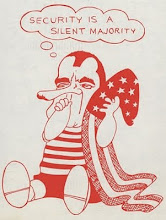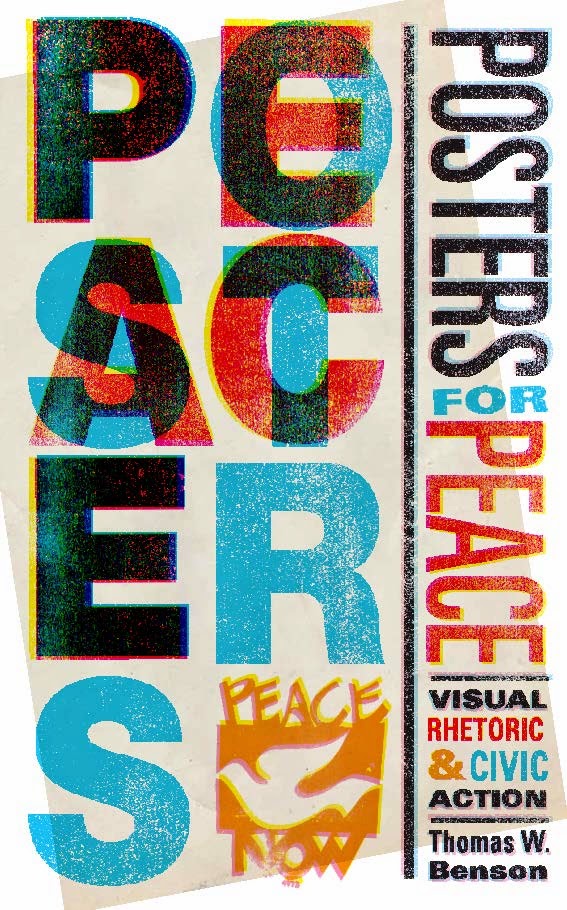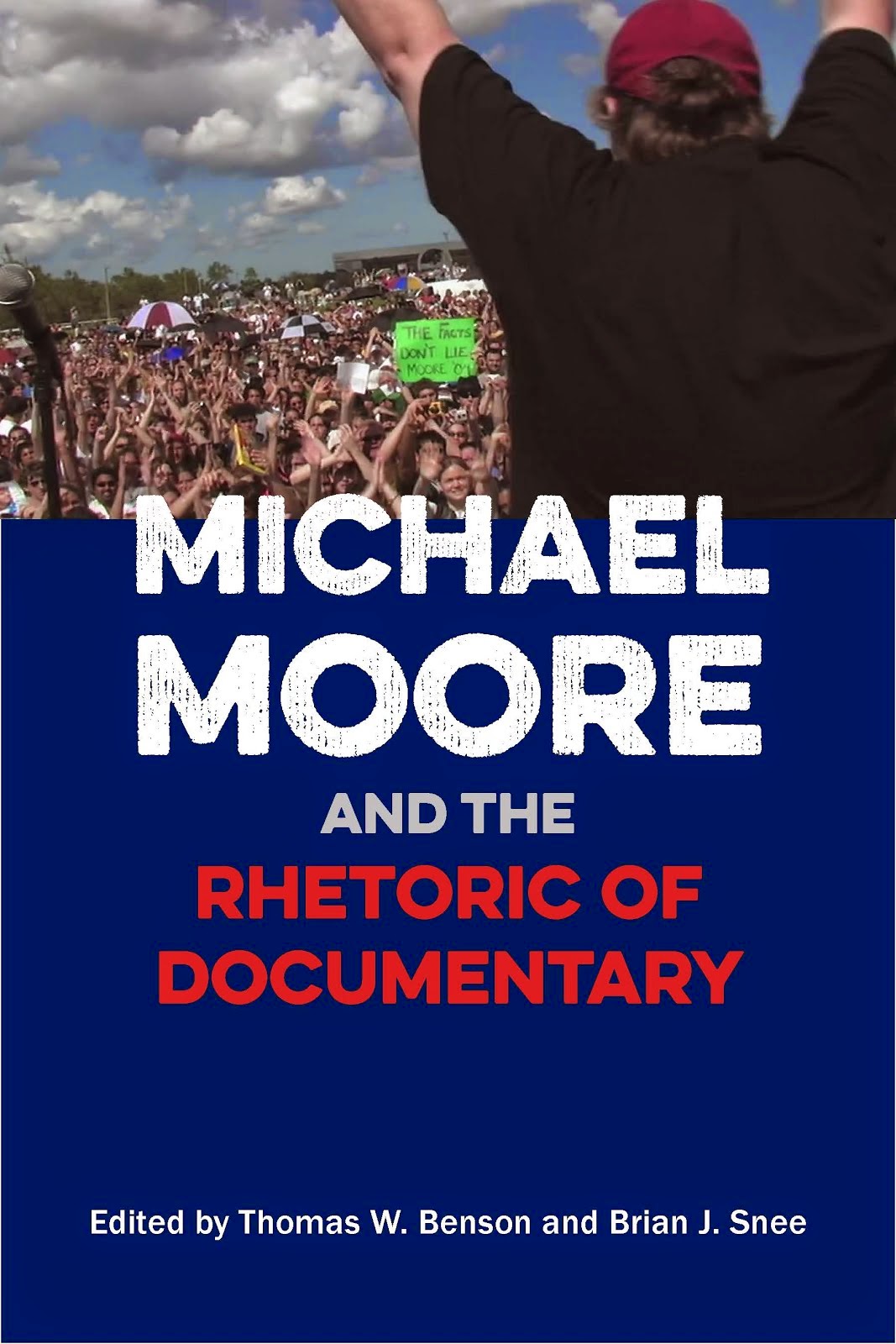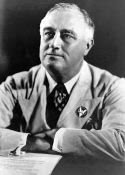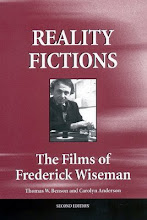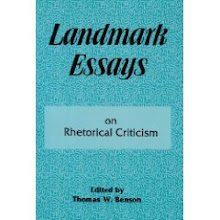On April 30, 1970, Richard M. Nixon, in a televised speech from the
White House, announced a Cambodian "incursion," sparking widespread
protest among citizens, students, and political leaders.
Thursday, April 30, 2015
Obergefell v. Hodges
Here
is a link to the oral arguments (audio and pdf transcript) of
Obergefell v. Hodges -- the same sex marriage case argued on April 28, 2015: http://www.supremecourt.gov/oral_arguments/audio/…/14-556-q1 See also the SCOTUS Blog on the case at http://www.scotusblog.com/case-f…/cases/obergefell-v-hodges/
This is fascinating argument. These links contain both the oral arguments and the various petitions and briefs, as well as related commentary.
This is fascinating argument. These links contain both the oral arguments and the various petitions and briefs, as well as related commentary.
Sunday, April 19, 2015
Posters for Peace

Thomas W. Benson, Posters for Peace: Visual Rhetoric and Civic Action. University Park: Penn State University Press, 2015.
from the publisher:
“With Posters for Peace: Visual Rhetoric and Civic Action, Thomas Benson generously shares an archival treasure trove with readers. By itself that might be enough, but Benson doesn't stop there. He offers a thoughtful and sophisticated rhetorical analysis of the posters that reads them in historical context, elaborates the visual traditions from which they drew their representations, and considers how viewers of the era might have responded to them. In doing so, he makes a compelling case for the posters' rhetorical importance, both then and now. The book skillfully models the practice of visual rhetorical history for students and scholars alike.” —Cara Finnegan, University of Illinois
“Thomas Benson has rediscovered and shared a treasure of poster art, along with some history, brilliantly told.” —Tom Hayden
“Long before there was a subdiscipline called ‘visual rhetoric,’ Thomas Benson was probing the rhetorical dimensions of visual images. His books on the films of Frederick Wiseman and on political documentaries set the standard for rhetorically informed criticism of documentary film. Now Benson has turned his attention to the political protest posters that appeared in Berkeley, California, throughout the tumultuous year of 1970. Benson was a visiting assistant professor at UC–Berkeley during the 1969–70 academic year, where he witnessed firsthand the distribution and placement of many of the posters he examines in this book. He places the posters in their political, cultural, social, and rhetorical contexts, and he engages in a close reading that uncovers the layers of meaning and significance that were clear to the creators at the time of production but which now, almost forty-five years later, are often lost in the mists of time. This is a masterful work of recovery that reminds us anew of that time when the whole world was watching.” —Martin J. Medhurst, Baylor University
“Thomas W. Benson's Posters for Peace examines numerous political posters that circulated in Berkeley, California, in 1970 during intense controversies over the Vietnam War and racism. Benson’s critical approach features close examination of the posters in combination with creative comparisons in order to explore their visual rhetoric in the national scene. To develop his central argument, he traces earlier sources of consequence pertaining to posters as a rhetorical medium with an international history. Benson's book offers his readers a wealth of previously unstudied primary materials, which are featured and catalogued in the course of his careful history and criticism of the protest rhetoric.” —Lester C. Olson, University of Pittsburgh
By
the spring of 1970, Americans were frustrated by continuing war in
Vietnam and turmoil in the inner cities. Students on American college
campuses opposed the war in growing numbers and joined with other
citizens in ever-larger public demonstrations against the war. Some
politicians—including Ronald Reagan, Spiro Agnew, and Richard
Nixon—exploited the situation to cultivate anger against students. At
the University of California at Berkeley, student leaders devoted
themselves, along with many sympathetic faculty, to studying the war and
working for peace. A group of art students designed, produced, and
freely distributed thousands of antiwar posters. Posters for Peace tells
the story of those posters, bringing to life their rhetorical
iconography and restoring them to their place in the history of poster
art and political street art. The posters are vivid, simple, direct,
ironic, and often graphically beautiful. Thomas Benson shows that the
student posters from Berkeley appealed to core patriotic values and to
the legitimacy of democratic deliberation in a democracy—even in a time
of war.
Subscribe to:
Posts (Atom)

